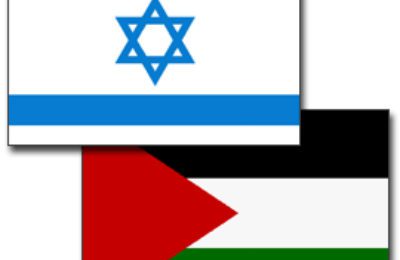The “charedi” debate shows no signs of abating. Knesset bills are being proposed in response to the distasteful protest in Jerusalem on New Year’s Eve. Last week saw a flash mob in Bet Shemesh with women reclaiming the town square. Some charedi kids are now complaining of being harassed.
The debate is so heated, that it’s difficult to sift out the truth. Who are these myriad charedi groups? Do they represent the entirety? Are they fringe elements? We’ve decided to post some definitions of the various groups and stances involved in the protests and cropping up in news articles.
Charedi Judaism describes the most conservative form of Orthodox Judaism. Charedim view themselves as the bearers of “authentic” Judaism and to an extent reject Modern Orthodoxy, which accepts and integrates a level of secularism into its practice. The blanket term charedi includes a broad spectrum of Jewish groups, from the Lithuanian-style mitnagdim to Hasidic and Sephardic groups steeped in mysticism.
However it should be noted that Orthodox Judaism itself is a newer term, dating back to the early 19th century and was formulated in response to the Haskalah, or Jewish Enlightenment, movement taking place in Germany.
Edah HaChareidis is an umbrella organization of many charedi groups in Israel. Known primarly for its kosher hechsher, Badatz, the organization’s theology is anti-Zionist. It predates both the State of Israel, and the Chief Rabbinate installed by the British. Interesting to note, the Edah condemned the practice of women wearing burkahs.
Created in 1938, Neturei Karta is a Jerusalem-based splinter charedi group numbering around 5,000. The self-appointed “Guardians of the City” oppose Zionism and believe that the State of Israel should be dismantled. A fringe group (sometimes referred to as kanai’m, the Hebrew word for zealots) within this already fringe group includes Palestinian sympathizers, who openly demonstrate against Israel and for Palestine. Remember in 2006 when a rabbi was pictured with Mahmoud Ahmadinejad at Iran’s state-sponsored conference on Holocaust denial? That was the kanai’m. They are widely shunned and after their Teheran escapade were even excommunicated by the Satmar chasidim, until then one of their only allies.
Originally based in the Meah Shearim neighborhood in Jerusalem, Sikrikim (also called Sicari) take their name from a Second Temple-era group of zealots. Between 100 to 150 families in Bet Shemesh are thought to belong to this fringe sect.They are anti-Zionist and associated with Neturei Karta. This is the group behind the vile protest in Jerusalem where children and adults dressed as Holocaust victims and pinned yellow stars to their lapels. In addition to protesting the girls’ school in Bet Shemesh, the group has also been behind violent attacks on ice cream parlors, book shops, and their fellow Gerrer chasidic neighbors.
The extremist sects aren’t confined to Israel. In Canada, Lev Tahor – also called “The Jewish Taliban” – says that women be covered in black robes. Comprising about 45 families in Quebec, the group also has followers in Bet Shemesh and is anti-Zionist.
What’s important to remember is that these groups represent a minority of the charedi movement in Israel. That does not, however, mean they’re unimportant. Every society must look at its fringe to understand its weaknesses and challenges. Moreover, the charedi world has not excelled at openly criticizing its radical elements. The instinct to protect their own reigns. Unfortunately it has taken extreme actions – such as children wearing Jude stars and women wearing burkahs – to finally elicit condemnation from charedi leadership. It’s a step in the right direction, but so far only a step.












